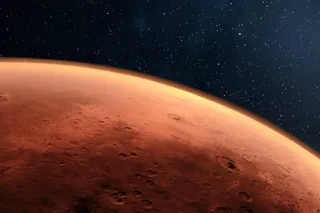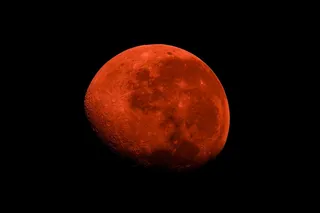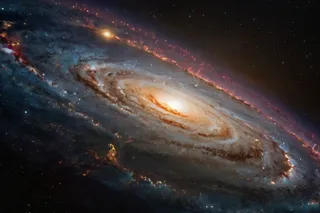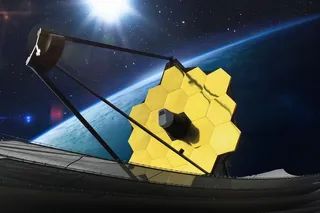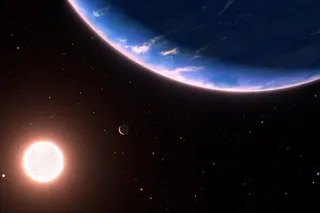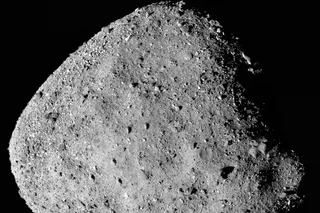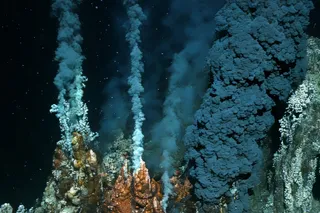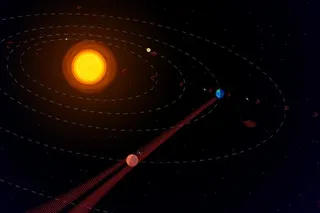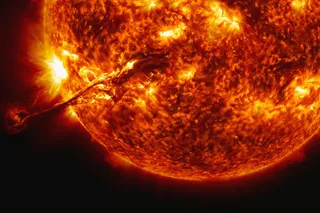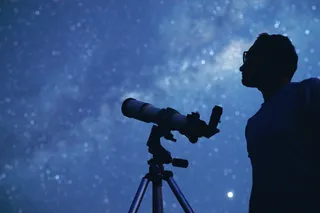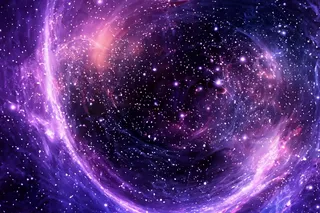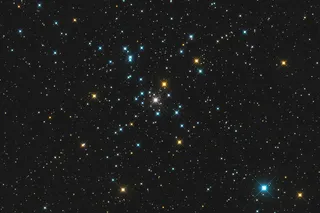A little over 24 years ago, light from the closest supernova in four centuries reached Earth. It was the first such supernova seen in 1987, so it was officially dubbed Supernova 1987A, or SN87A for short. It was full of surprises: the star that blew up (Sanduleak -69 202) was the first blue supergiant ever seen to explode -- most such supernovae progenitors are red supergiants. The intense ultraviolet flash from the explosion lit up a gigantic pre-existing hourglass-shaped shell of gas surrounding the star; over five light years long, nothing quite like it had ever been seen before. The hourglass had a thick ring around its middle, which to this day is still something of a mystery.
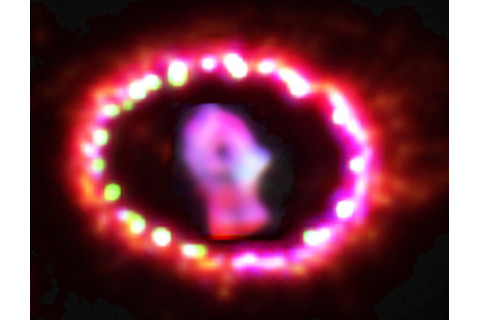
The expanding debris from the explosion itself has been growing for more than two decades as well. Screaming out at thousands of kilometers per second, it's been getting less dense as it grows larger, and has been fading as well. However, that appears to be changing now. The debris is getting brighter once again... which actually has been expected. The gas in the hourglass nebula surrounding the supernova was actually expelled by the star more than 20,000 years ago, and has been sitting there ever since. Inside the dense ring is a thin, hot gas, too faint to be seen directly, but inferred by various means. The debris from the explosion has been plowing into this gas for more than 20 years, but now the expanding material is starting to interact with the ring. Well, to be fair, it's been doing that for a few years, but the real interaction is now starting in earnest.
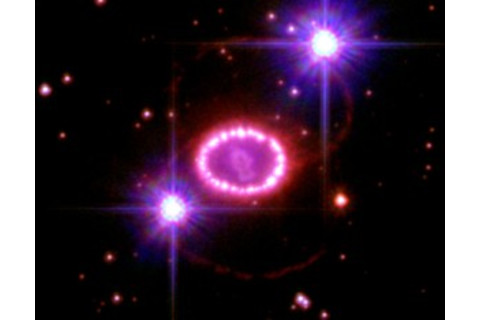
The supernova material --the elongated fish-shaped thingy in the middle of the ring -- is hitting the ring material, creating a massive shock wave. That wave is generating X-rays and other forms of light that have been slowly heating up the material from the supernova. The material is starting to glow once again in visible light, as can be seen in the photo above (the wider view here is from 2007). The odd shape is probably a combination of the explosion dynamics itself with the density profile of the gas through which it's moving; there is more gas in the plane of the disk, so the supernova debris can't move through it as quickly. This gives the debris that pinched shape in the middle, making it a smaller version of the giant hourglass around it. The ring is not a smooth distribution of matter; it has bright knots where the density is higher. Funny -- I studied this ring to get my PhD, and I observed it using a filter that lets through light from ionized oxygen. This peculiar flavor of oxygen actually fades faster the denser it is, so in the original images from 1992 or so, the densest material was actually the darkest! In the images above, though, we're seeing light from hydrogen, which glows more brightly the denser it is. Looking at images like this is not at all straightforward, and you have to be careful when analyzing them. Those knots are getting brighter too; a few years ago they had faded considerably, but the fast material from the supernova has been hitting the ring for some time, lighting them back up. The slower moving (but still mind-numbingly fast) gas that makes up the bulk of the explosion is right behind, and will slam into the ring in the next few years. When it does, it'll tear the ring apart. But it won't be overnight; some models indicate it will take decades for the ring to be destroyed. What a sight that will be! An object over a light year across -- 10 trillion kilometers -- will be shredded by an octillion tons of matter moving outward and through it at a significant fraction of the speed of light. And we'll have front-row seats to it; when the action really starts we'll have a fleet of telescopes trained on it. Nothing like that has ever been seen before by human eyes, and I can't wait for it to happen. That might seem weird; me wanting to see an object I spent five years studying destroyed. But c'mon, PhD research has been derailed by any number of mundane things; who can say theirs was ripped apart by a supernova blast? Image credits: Pete Challis (CfA); NASA, ESA, P. Challis & R. Kirshner (Harvard-Smithsonian Center for Astrophysics)
Related posts: - 20 years ago today (a history of SN87A) - One ring to rule them all - One ring to fool them all - Birth cry of a supernova - Anybody wanna peanut? - AAS Report 2: Things that go boom


